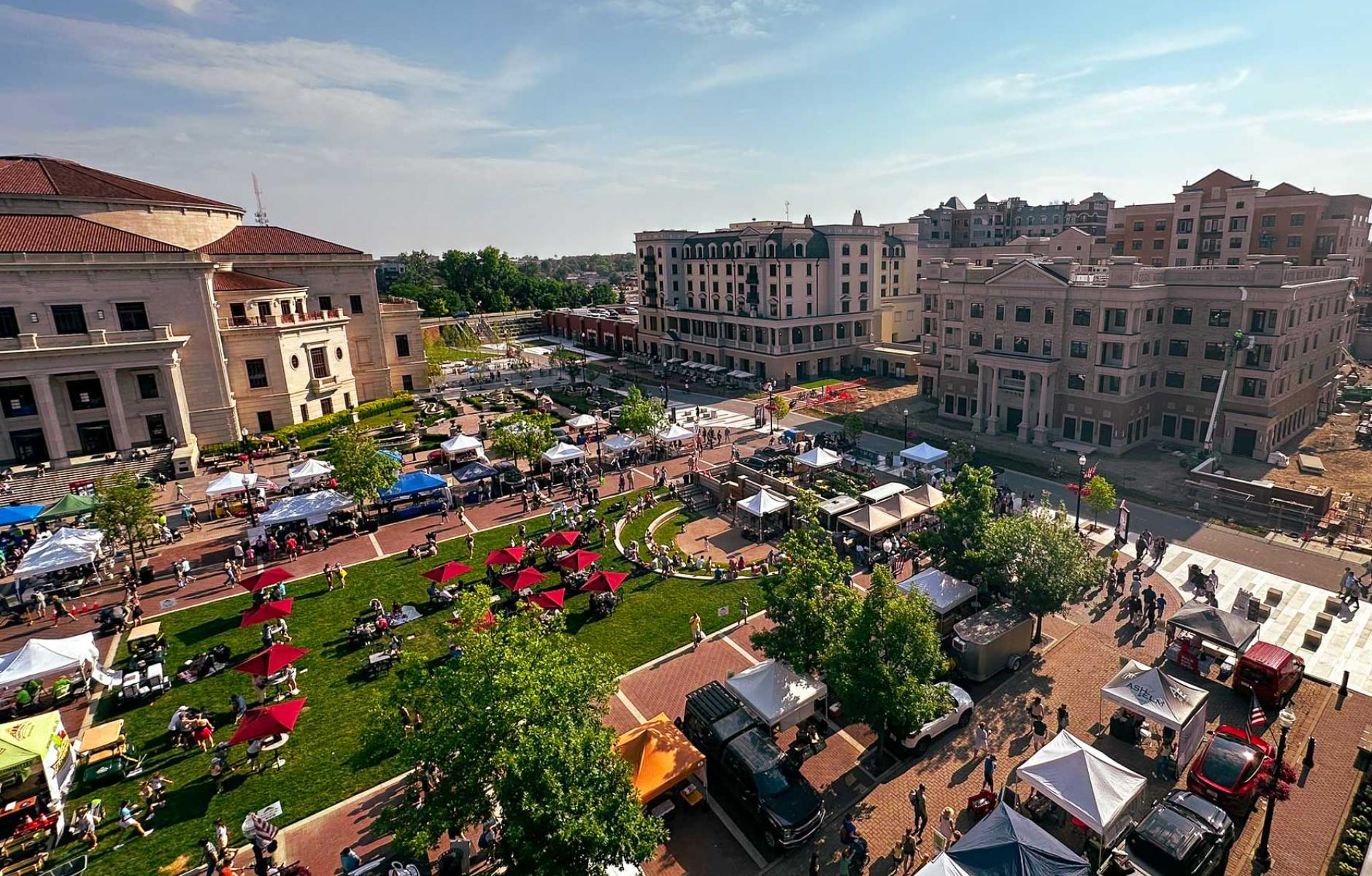
Carmel completes its City Center
From an American urban planning perspective, Carmel, Indiana, is one of the most interesting stories in recent decades. Although Carmel is a northern suburb of Indianapolis, it is an urban center in its own right. From the middle of that last century to 2000, it grew in typical suburban fashion, with a population that multiplied 37 times. However, the last 25 years has been unique, thanks to the vision of James Brainard, who served as mayor from 1996 to 2024.
Brainard led the construction of the first roundabout in the city in 1997, and since then, Carmel has built 155 of these intersections. They allow continuous automobile movement, but at the same time slow traffic down, especially around the city’s downtown.
The downtown area has developed over the last 25 years and is still undergoing construction. It has created a draw for major corporate employers to locate in Carmel, and it is also the social heart of the city, which is home to 103,000 people.
Carmel City Center, at 14 acres, was recently completed. It is a key part of the overall downtown, which spans approximately 100 acres. City Center began as a $77 million idea more than two decades ago and has become a $300 million investment today.
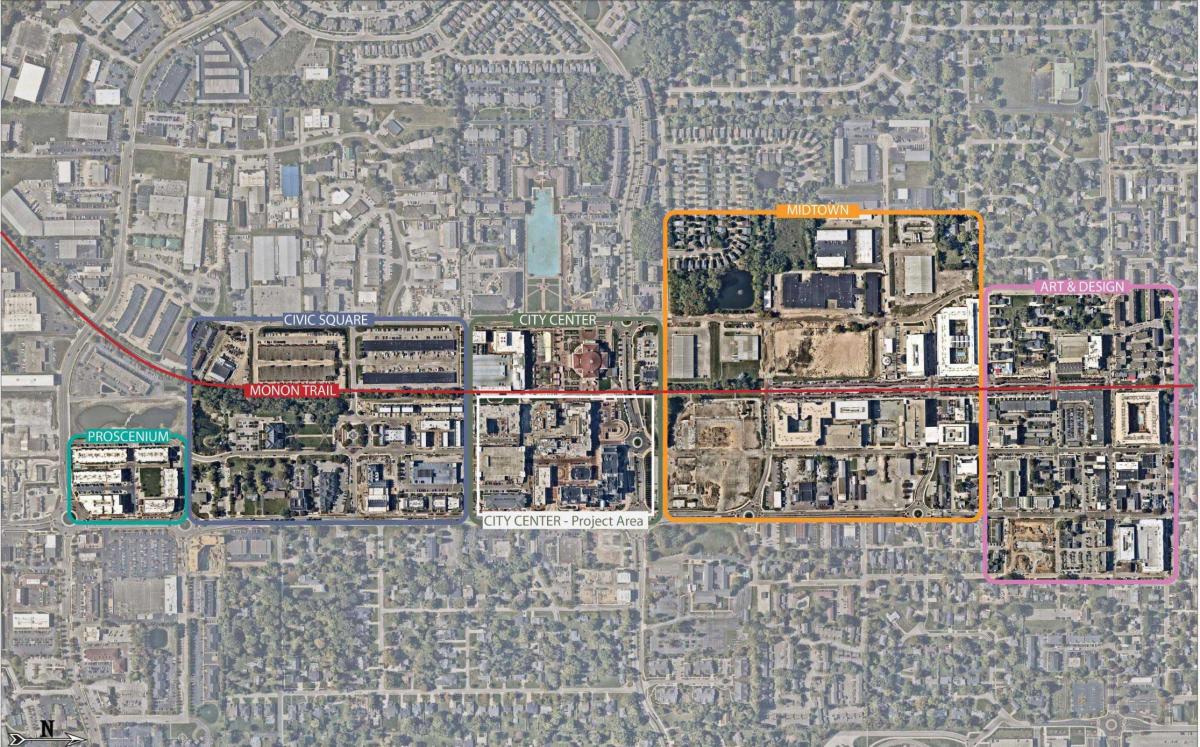
It includes 362 living spaces, including for-sale condos and rental apartments. It features 36,000 square feet of restaurants, 83,000 square feet of retail, and 112,000 square feet of office space. City Center also has the Hotel Carmichael, a 122-room inn.
The development is anchored by The Center for the Performing Arts, which boasts a 1,600-seat concert hall and two theaters. “These venues provide spaces for a variety of performances and cultural events, creating a dynamic environment for residents and visitors,” the city told CNU. “The cultural focus of the development has been instrumental in positioning Carmel as a destination for tourism and a regional hub for arts and entertainment.”
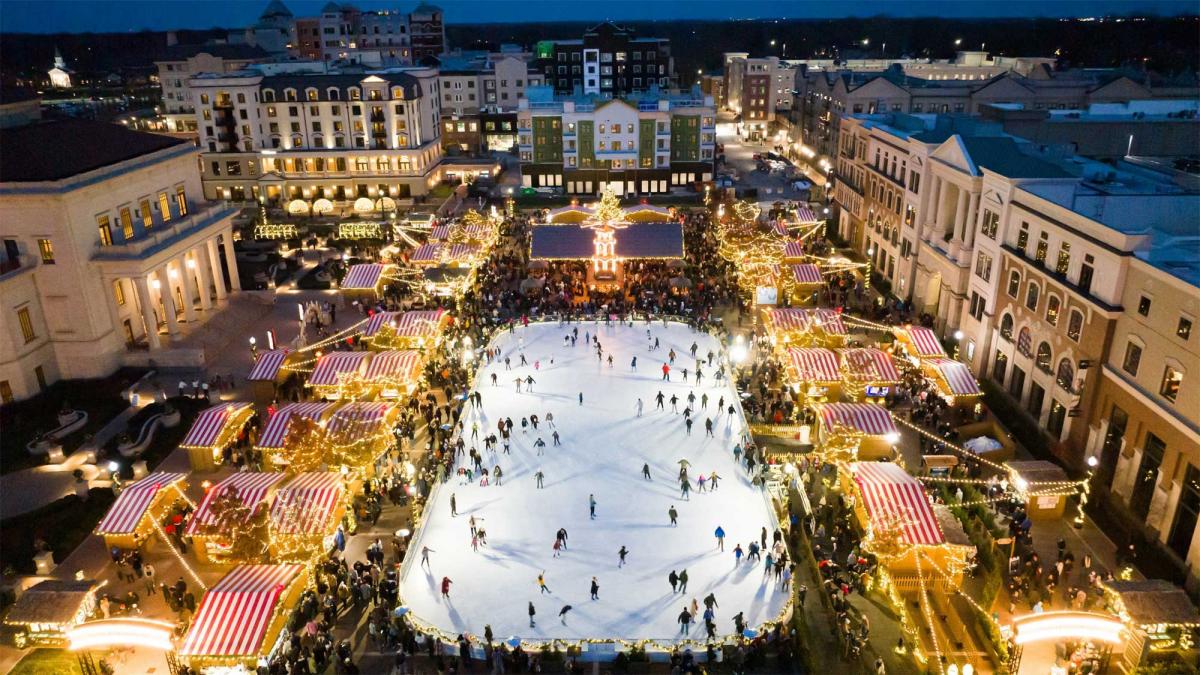
The entire project has been built in two phases. The civic heart of Carmel City Center (CCC) is a 1.1-acre green space, one of the premier public spaces in the City. The City Center design, credited to Pedcor Design Group, is aimed at creating a walkable, mixed-use heart of the city. It is one of four districts downtown, along with Midtown, the Art & Design District, Civic Square, and the Proscenium. The entire downtown is laid out along the Monon Trail, a former rail line. The oldest buildings are in the Art & Design District, which is the small historic center of Carmel.
CCC created a downtown draw. “The development not only revitalized the area but also provided an economic boost to Carmel, with 96 percent of the space fully leased, and increasing the assessed value by over 4,000 percent. Since its inception, CCC has played a central role in the city’s growth, helping to attract investment, businesses, and residents. The city’s population has more than tripled since the late 1990s … with much of that growth tied to the development of Carmel’s downtown districts,” the City told CNU.
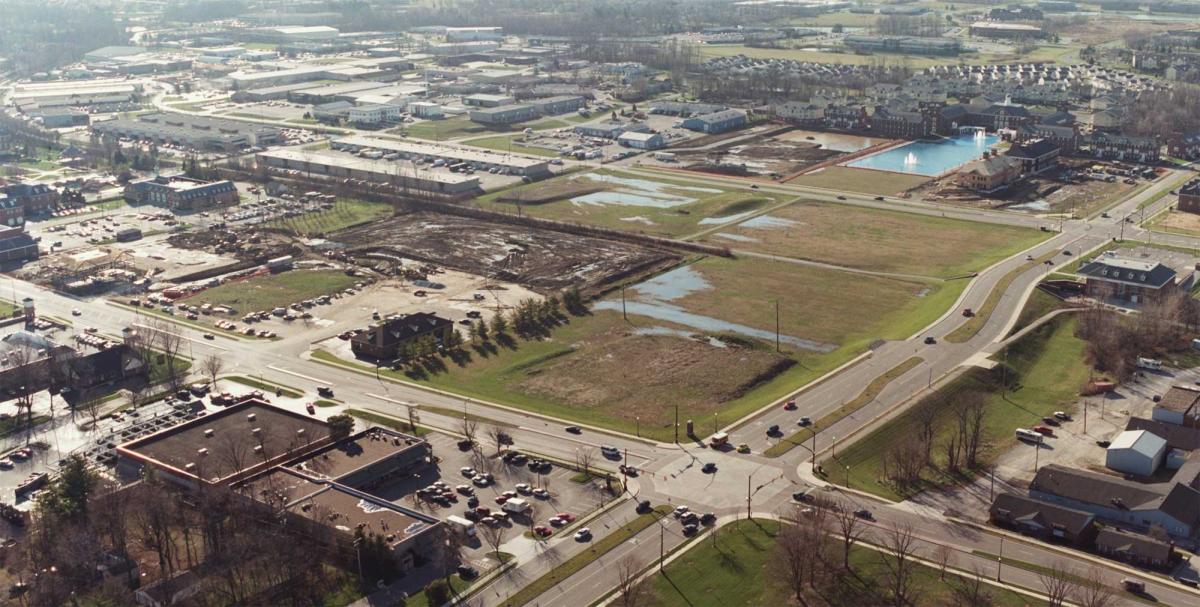
Carmel’s big projects, like City Center, are not without controversy. Strong Towns has been critical of what it calls Carmel’s “large-scale, debt-ridden suburban retrofit.” Chuck Marohn, founder of Strong Towns, delivered this assessment in 2018:
“What Carmel has done, in a very modern American way, is invert the time-tested process of making sacrifices today for a better tomorrow. A fiscally prudent approach to the same vision of tomorrow might involve Carmel raising taxes on its residents in order to make investments in things those residents want, based on a vision that these investments will ultimately pay off. What Carmel’s leadership has done instead is delivered on the amenities today, without requiring anything in terms of real sacrifice for a community that is currently wealthy. Carmel residents of today have no real skin in the game, at least not in proportion to the benefit they enjoy. Carmel residents of tomorrow, on the other hand, inherit a huge risk when that debt has to be repaid.”
Seven years later, the warnings have yet to prove prescient. Carmel’s approach looks good—even visionary, compared to other American suburbs. Carmel has a high debt, the service of which is close to $19 million in the current budget. Given the city’s size and its property values, the tax to cover that debt service is not that high. Neither is Carmel’s overall tax rate—at 0.78 percent of assessed value.
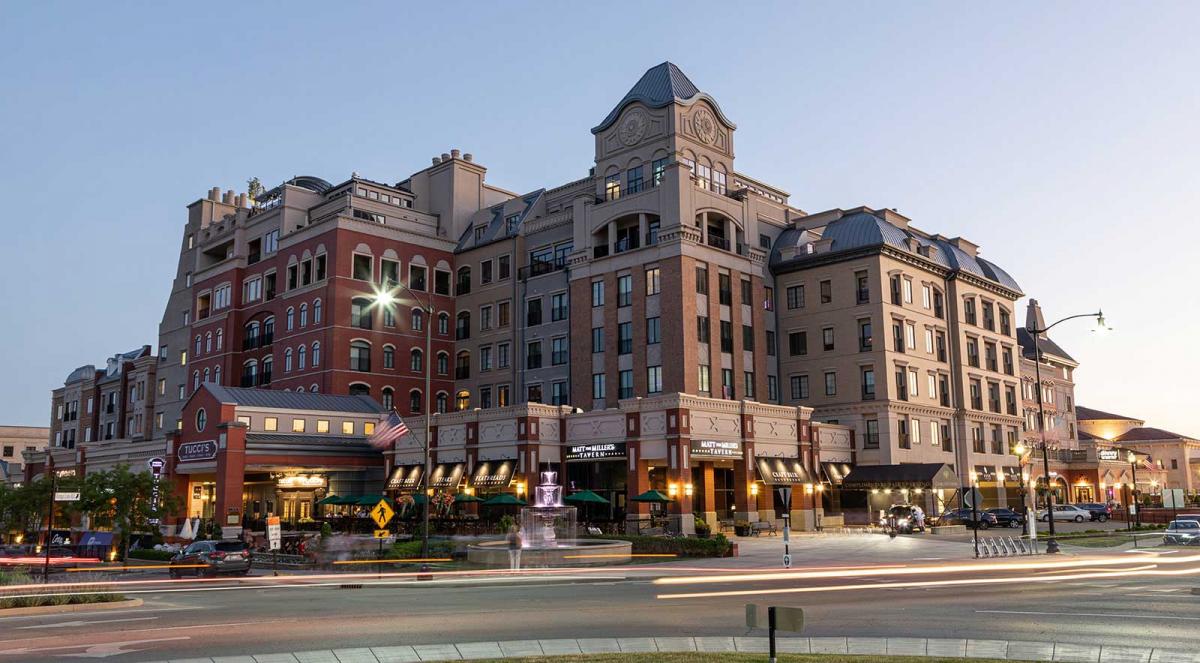
I have no crystal ball to see the future, but what the City has done today is create a value proposition through urbanism, which is remarkable for a suburb built in the last 60 years. Carmel took a leap of faith in its infrastructure investments to develop urbanism. Yet, they invested in good things that have a long history of yielding a positive return. Carmel built a downtown with a strong sense of place that is a leading social and economic hub, not just in Carmel and the Indianapolis region, but in the state of Indiana. That Carmel continues to experience strong growth this decade bodes well for the city’s ability to pay for these investments.
Mayor Sue Finkam, who took office in 2024, says: “This vibrant hub has not only transformed the heart of our city but has ignited a wave of development, creating jobs, fostering innovation, and enriching the quality of life for all who call Carmel home. City Center is more than just a space—it's a catalyst for our future, reflecting the incredible potential of what we can achieve together.”
That's not an overstatement. The lesson is that it is not just how much you spend, but what you invest in. “Carmel City Center is a prime example of how a suburban development can be designed to advance the principles of the CNU Charter and reverse the spread of placeless sprawl,” the City says.

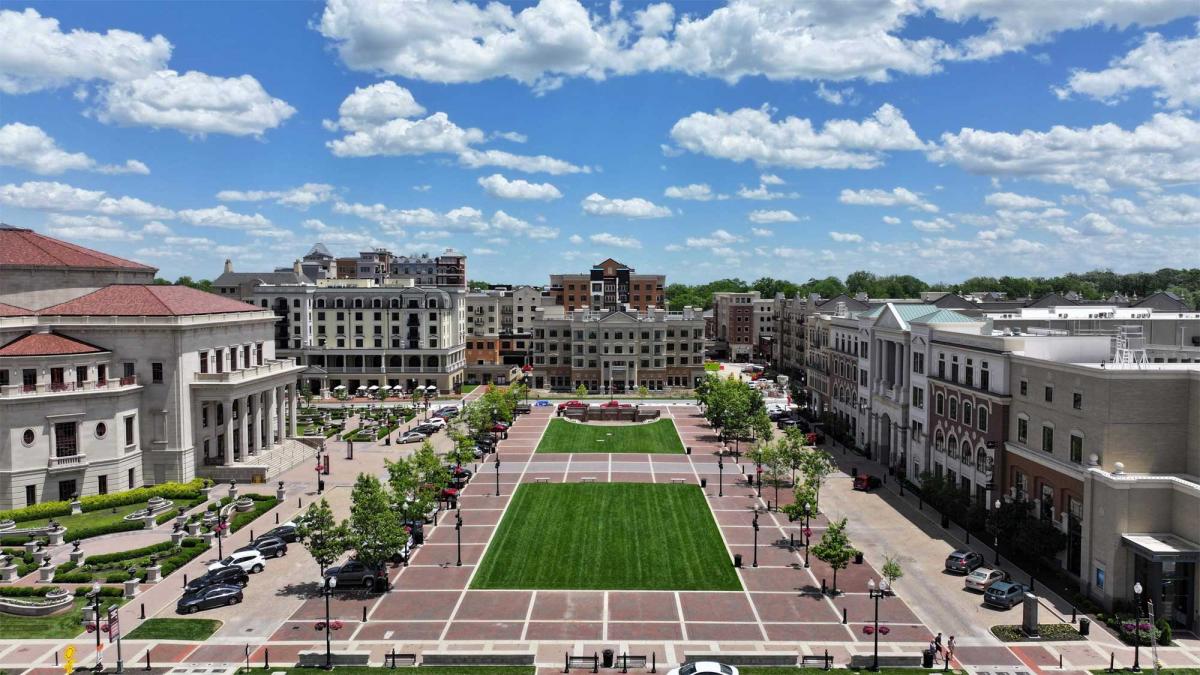
CORRECTION: The article previously stated that the tax rate was 0.89 percent. It is 0.78 percent.




